Affiliate links on Android Authority may earn us a commission. Learn more.
Apple earnings call: Cook admits 'price is a factor' in falling iPhone sales
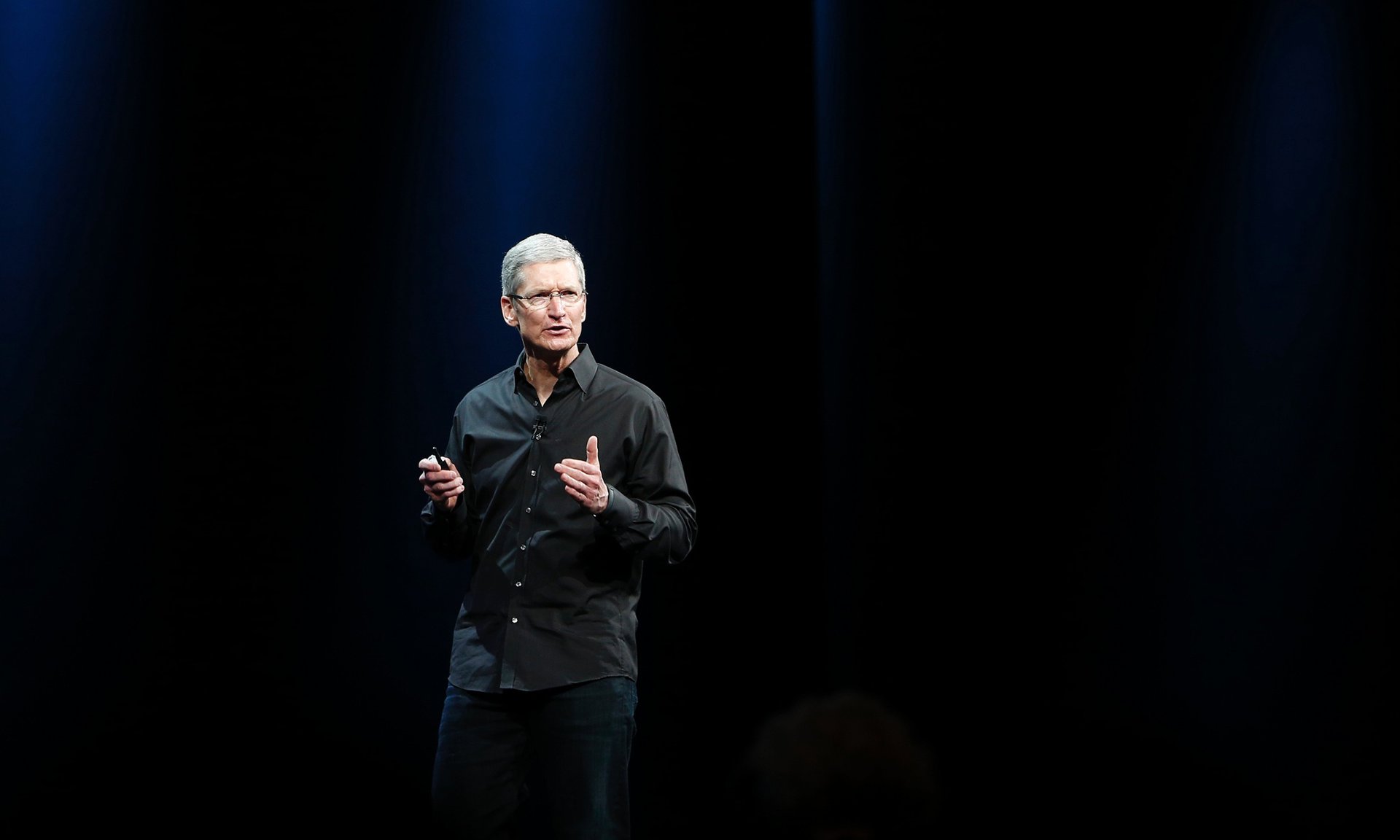
Yesterday, Apple conducted its first earnings call in 2019. This was certainly an anticipated earnings call because of the revelation in December that Apple would likely report its first drop in Q4 sales year-over-year since 2001.
As expected, Apple did reveal a drop in revenue: $84.3 billion for the quarter. Not only is that less than the same quarter in 2017 — which was $88.4 billion — it’s also lower than what Apple originally estimated in its previous earnings call.
In that call, Apple expected revenue to stand around $89-$93 billion.
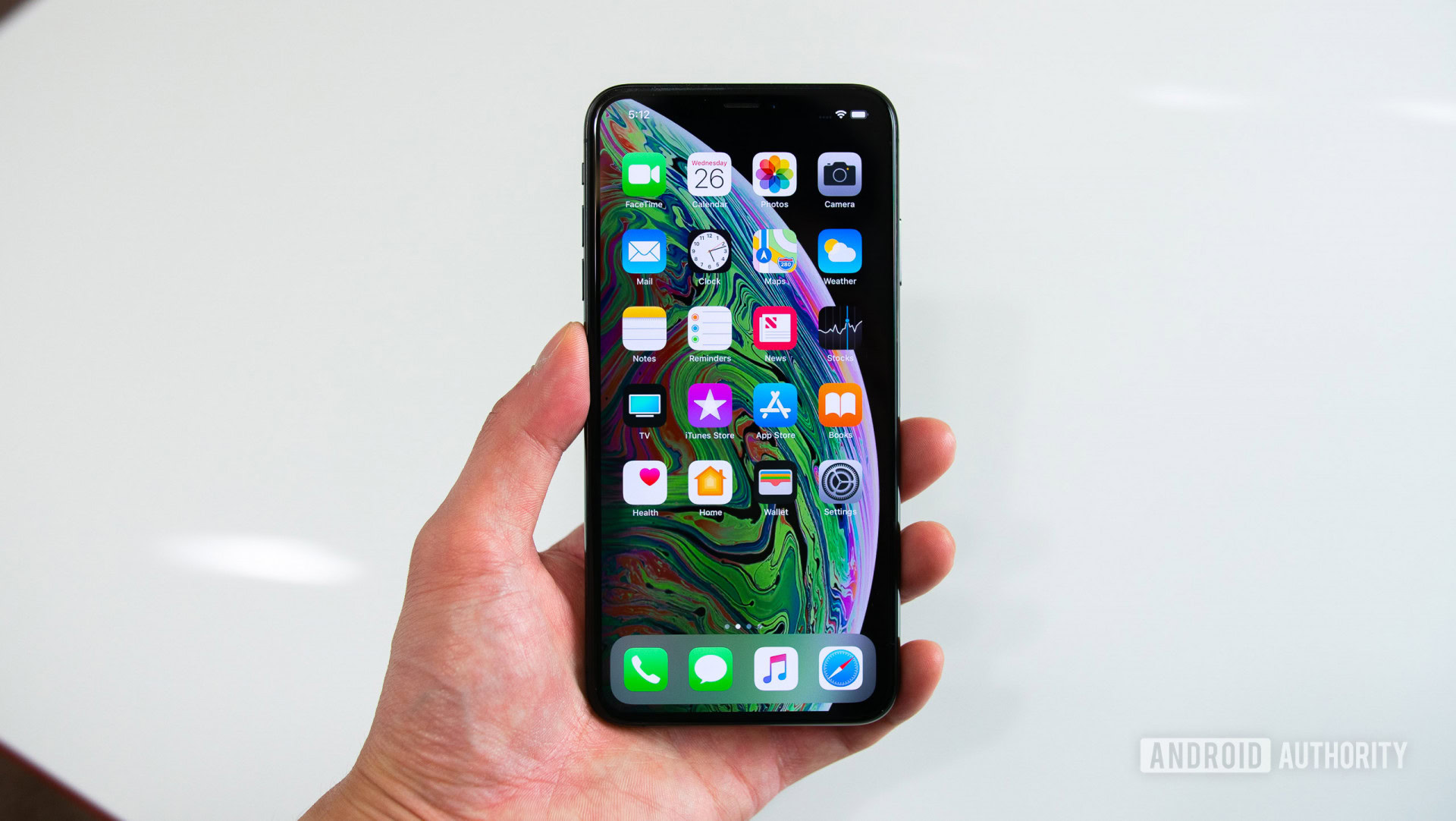
To be clear, this is all still technically good news. Apple’s earnings for the quarter were still very, very high and revenue coming in at $84.3 billion is the second-best quarter in its history.
Here are three of the key takeaways of yesterday’s call.
iPhone pricing is high and it’s a bit of an issue

Apple CEO Tim Cook admitted that iPhone sales are down 15 percent as compared to 2017. Usually, Apple would provide hard sales data for the iPhone during a call like this, but the company ended that practice in the previous earnings call. Going forward, we expect the data from these calls to be focused only on numbers that make the company look good, so iPhone sales are likely to be left out.
When Cook announced this 15 percent drop in sales, analyst Steve Milunovich asked if the company had pushed iPhone pricing too far this year, with the iPhone XS starting at a cool $1,000 and the XS Max going as high as a whopping $1,449. Milunovich wanted to know if pricing was a likely factor for the loss in sales.
“Yes, I do think the price is a factor,” Cook responded.

However, Cook elaborated to say that it’s not just that the iPhone is priced too high — it has more to do, in his opinion, with the loss of carrier subsidies for many consumers and the foreign exchange rates in various countries.
“If you’re a customer and your last purchase was an [iPhone 6S or an iPhone 6] or in some cases even a 7, you may have paid $199 for it, and now in the unbundled world it’s obviously much more than that,” Cook said. The $199 price he’s referring to is the usual upfront subsidy price offered by many carriers. Now that those subsidies are disappearing, customers are feeling some sticker shock — even though they gladly paid $1,000 for an iPhone X in 2017 under those subsidy programs.
Cook blames the lack of carrier subsidies and poor exchange rates for falling iPhone sales, but admits general high pricing is also a factor.
To counteract this trend, Cook said Apple will be pushing hard with emphasizing trade-in programs as well as installment plans. The company will also be temporarily lowering some iPhone prices in some countries affected by the different dollar exchanges.
However, don’t expect overall iPhone prices to stop going up in the future. Instead, expect the company to invent new ways for you to feel less sticker shock over the continuing high prices.
iPhone sales are going down, but services are going up
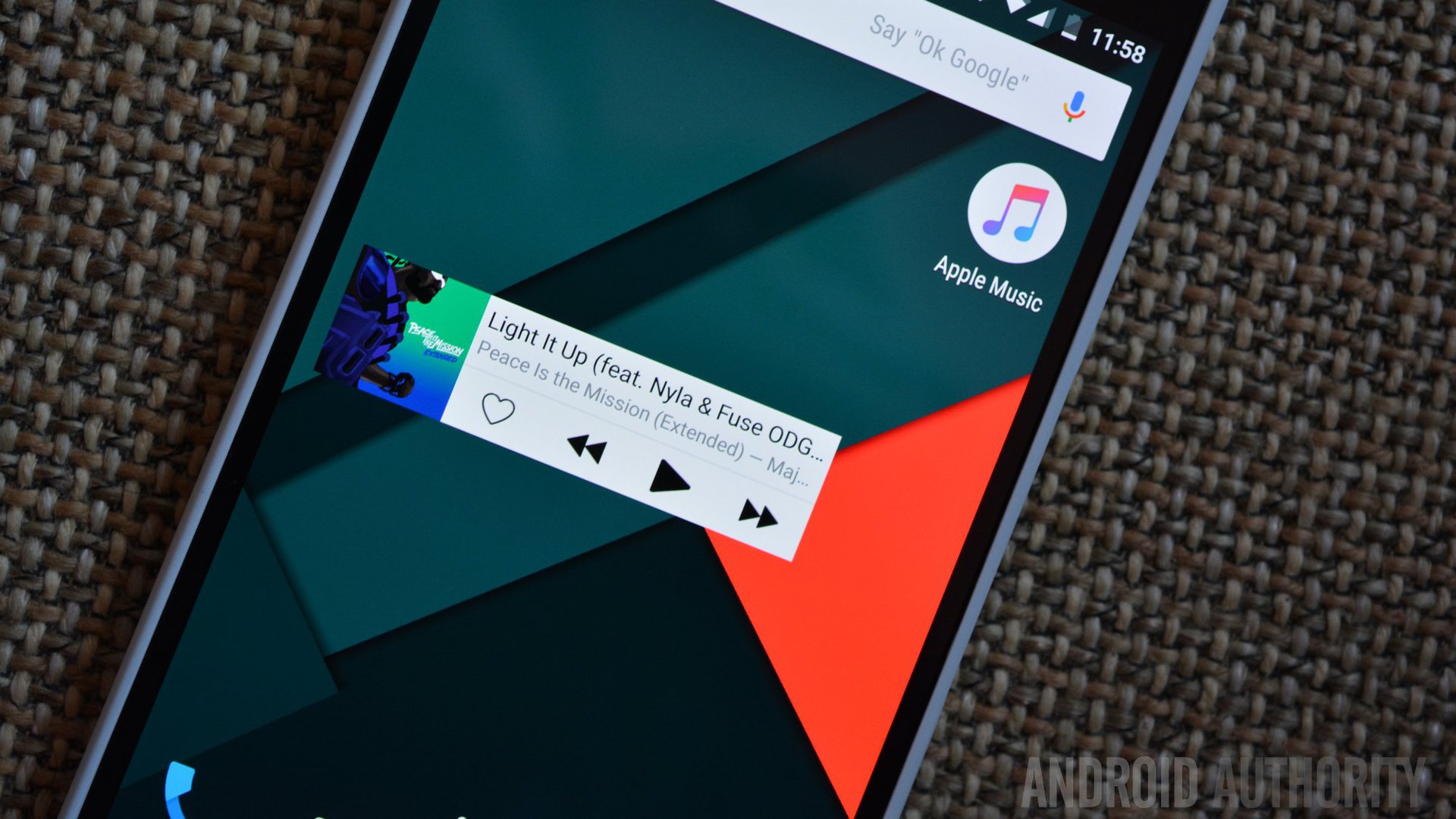
While the iPhone is in a downturn, it’s not all bad news at Apple. The company’s various services — including things like Apple Music, Apple News, and Apple Pay — are all growing.
Cook revealed that 85 million people are using Apple News and that there were 1.8 billion Apple Pay transactions in 2018 — an increase of 100 percent year-over-year. Apple Music also has 50 million subscribers, representing a growth of 10 million subs in just six months.
The fact that Cook focused on information like this during the call gives us a hint on what the company’s strategy will likely be going forward. Now that everyone in the developed world who wants an iPhone likely already owns an iPhone, it’s time to start really pushing those users to buy Apple services which will create a heavy stream of monthly revenue.
Get ready for multiple new Apple subscription services to help offset the drop in iPhone revenue.
There’s a rumor, for example, that Apple could soon unveil a paid version of Apple News which would offer premium content for a monthly fee. That service could launch as early as Spring 2019.
Apple revealed during the call that there are 1.4 billion active Apple devices around the world, of those around 900 million are iPhones. With a solid user base that huge, it only makes sense to start selling them subscription products.
Speaking of which…
Apple is ready to help take down the cable industry
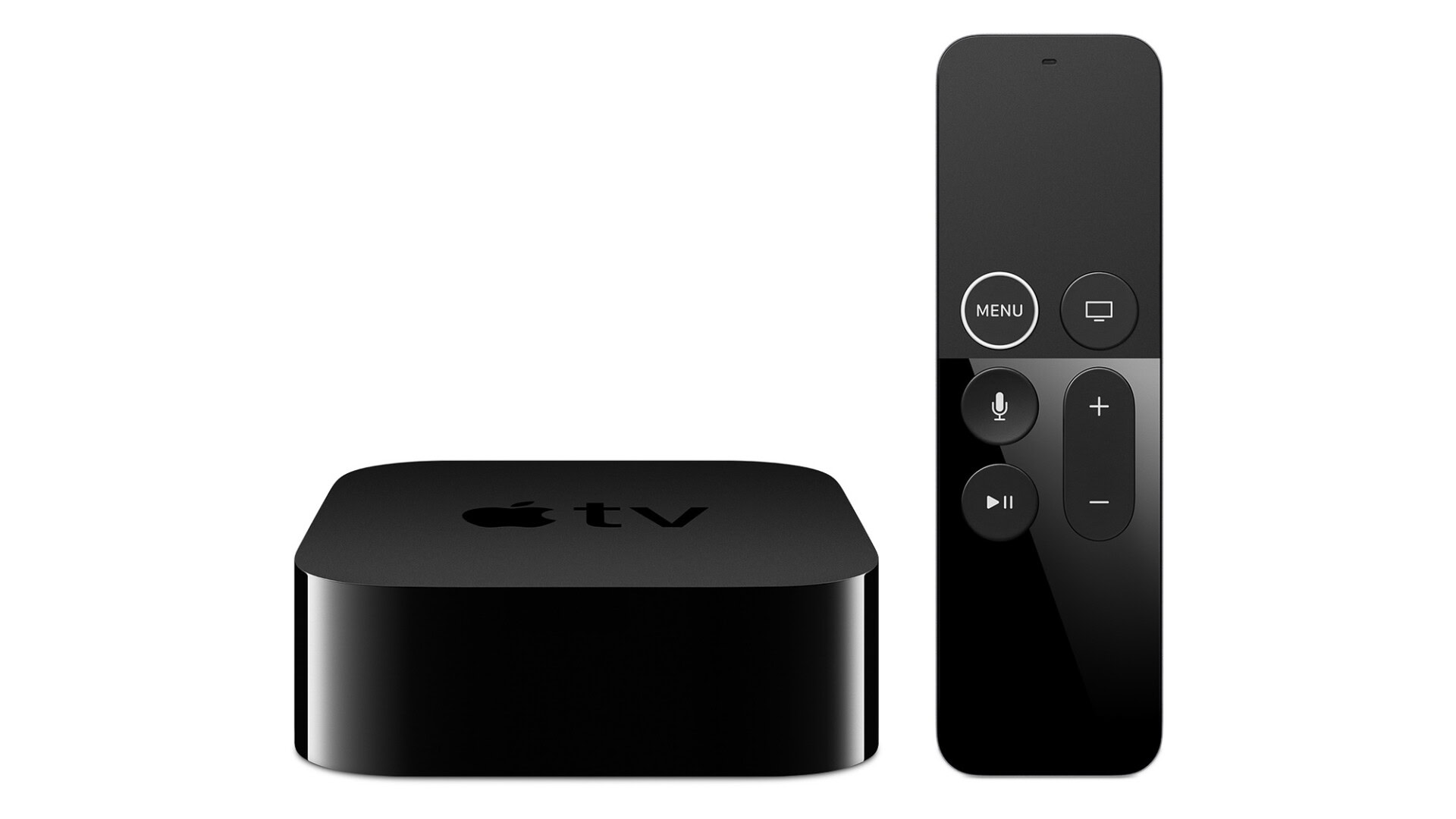
During the call, Cook mentioned that Apple is going to start focusing much more heavily on media streaming, cord-cutting, and its Apple TV box.
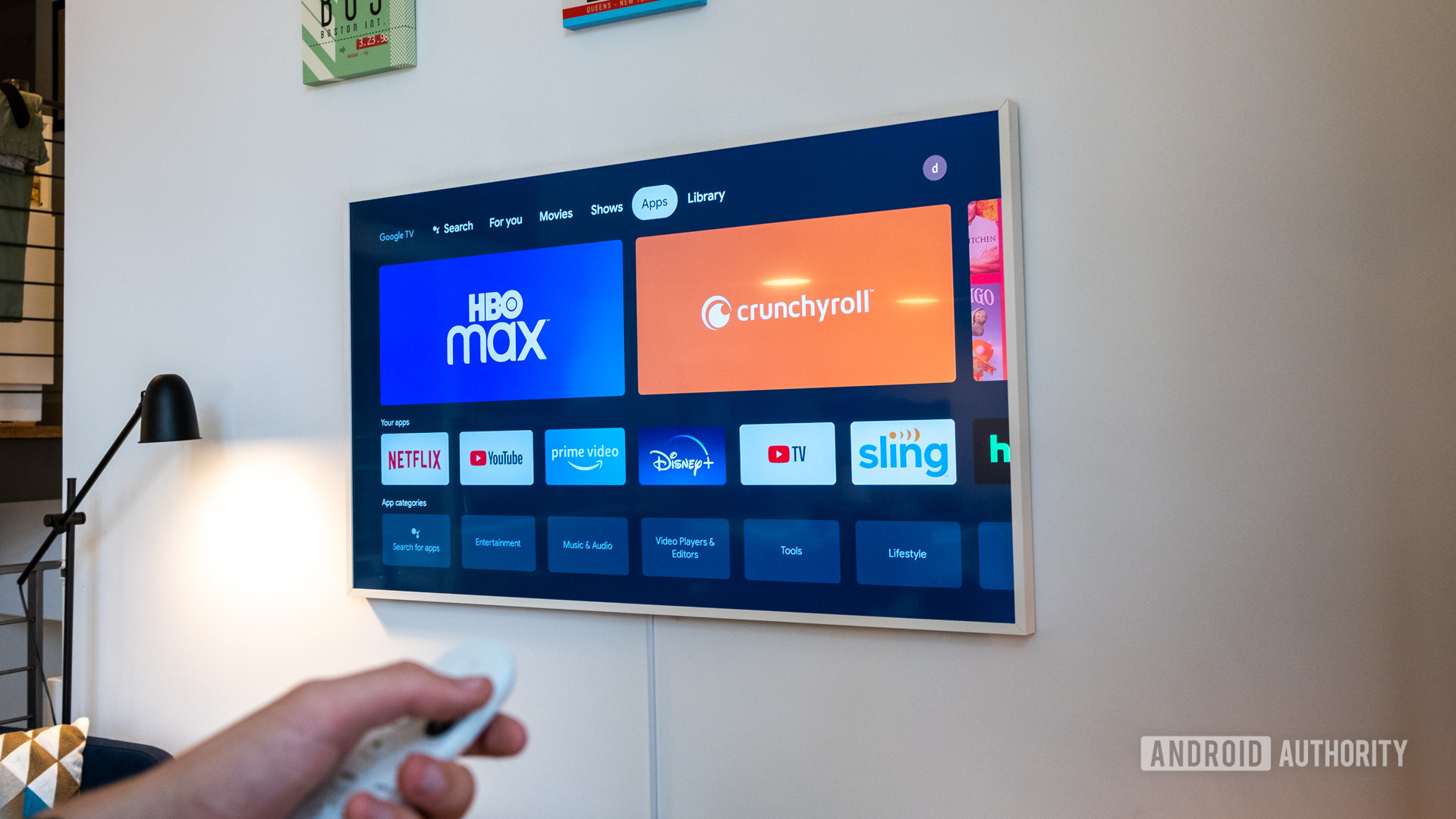
“We see huge changes in customer behavior taking place now,” Cook said. “We think that it will accelerate as the year goes by with the breakdown of the cable bundle. I think that it’ll likely take place at a much faster pace this year.”
The behavior Cook is referring to is consumers moving away from traditional cable and instead relying solely on media streaming services like Netflix, Hulu, HBO, etc. We know for a fact that Apple is buying original content for release with what we assume will be an Apple-branded content distribution service — in other words, “Apple’s Netflix.”
Get ready for Apple's version of Netflix to come soon. Will it be too late, though?
While the streaming industry is already crowded, the Apple name could help the company stand out. Just look at the growth of Apple Music for reference.
There is also a rumor that Apple will start selling subscriptions to third-party services right through the Apple TV interface. This would create some degree of conflict with its own streaming service — why would you buy Apple’s service if you can buy Netflix just as easily, for example — but Cook seemed to be gung ho on the topic during the earnings call.
Bottom line: Apple is at a crossroads and must act
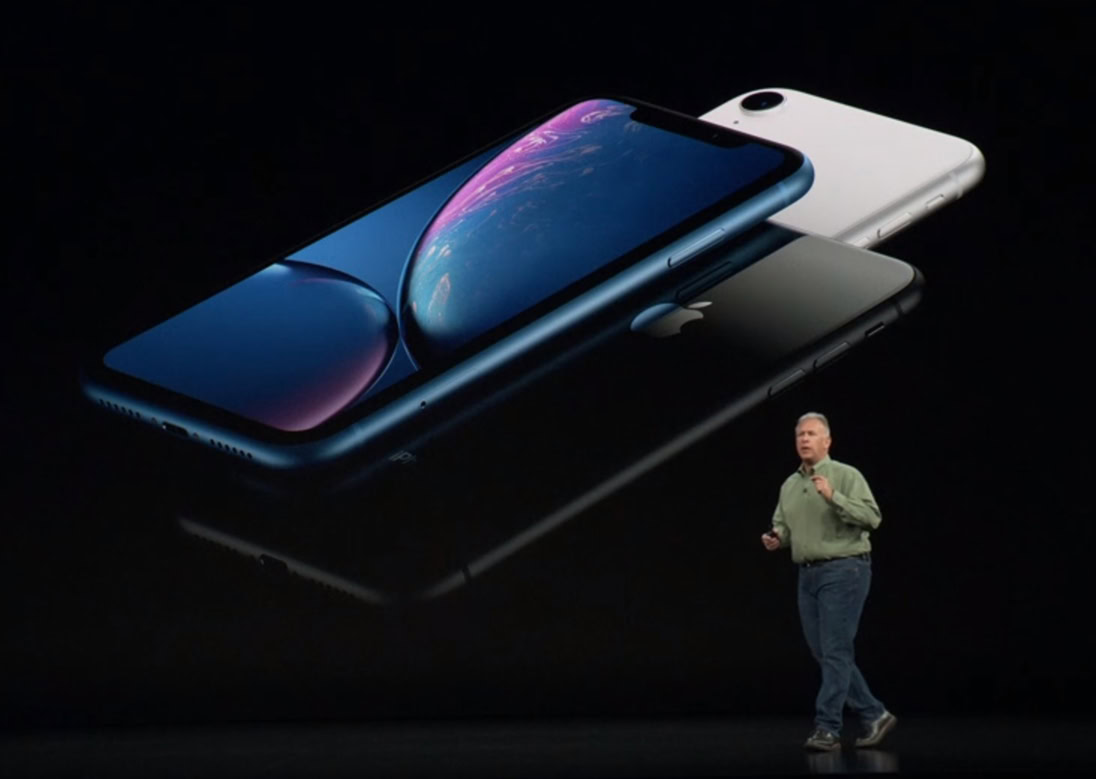
With iPhone sales dropping, and the smartphone industry itself coming to the end of the glory years, Apple needs to completely revamp its revenue strategy. It can’t release an iPhone that looks the same as last year’s and expect the sales to roll right in. Remarkably, it was able to do that for years with complete success, but those days are over. If the company wants to stay on the path of growth, it needs to rely on something else.
Granted, the iPhone isn’t going away. The iPhone still represents over 60 percent of the company’s revenue and will continue to be its cash cow for years. But the company can’t rely on it for growth any longer.
Streaming services and other subscription-model products are what the company is likely going to focus on in the immediate future. We’ll have to wait and see if that pans out well for Apple.
NEXT: Apple hires Samsung battery bigwig: More durable iPhone batteries incoming?